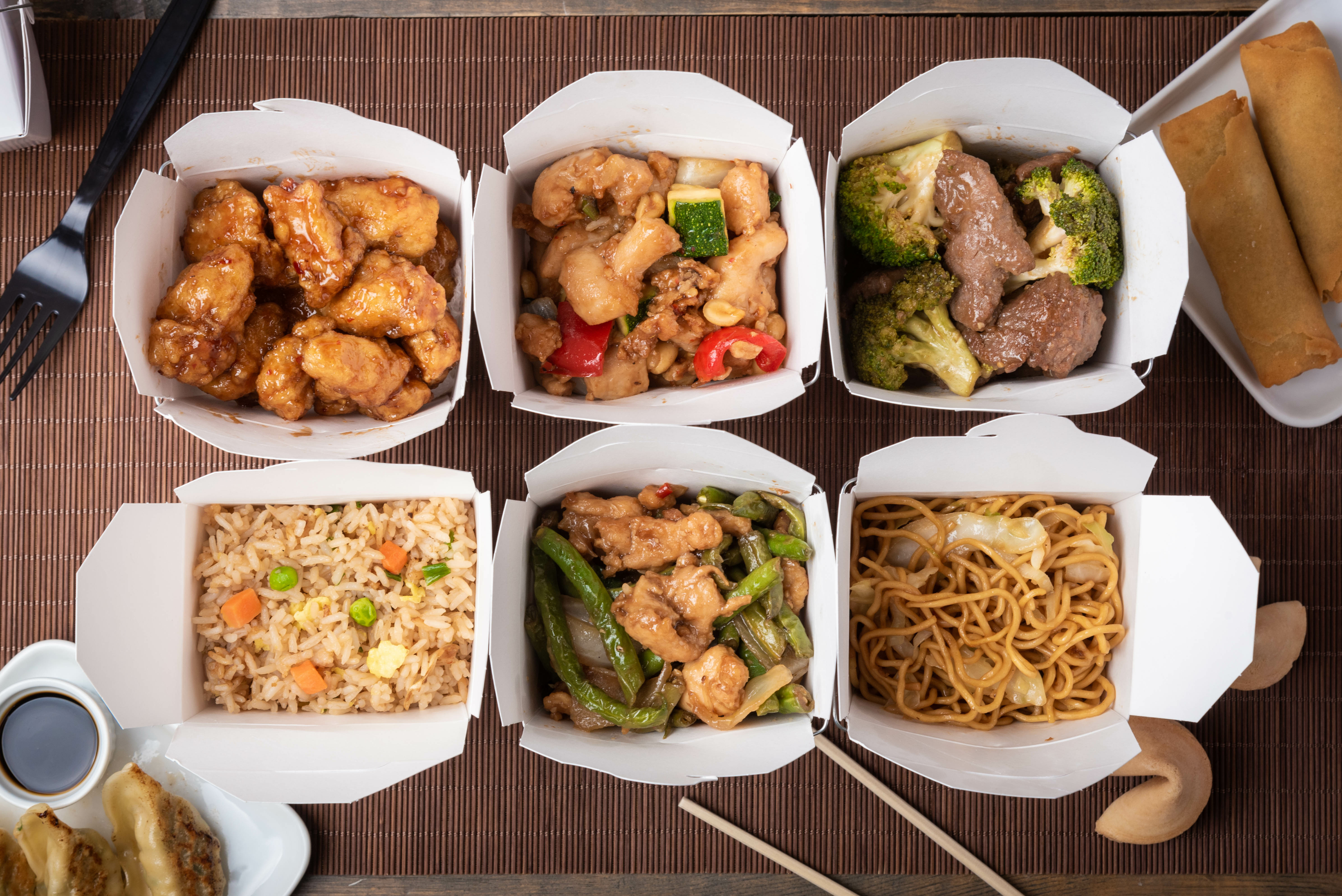DALLAS — Making some heart-healthy changes to traditional Chinese cuisine can lead to a noticeable drop in blood pressure for diners. Specifically, the new study finds cutting the salt in Chinese food can significantly lower the blood pressure of people dealing with hypertension.
Previous studies have also found that cutting back on salt is one of the easiest changes people can make on their own in order to lower their blood pressure.
“Compared with the nutrient composition of a usual Chinese diet in urban China, our heart-healthy diet of traditional Chinese cuisine cut sodium in half, from 6,000 mg daily to 3,000 mg daily, reduced fat intake and doubled dietary fiber. It also increased protein, carbohydrates and potassium,” says study first author Yanfang Wang, Ph.D., a nutritionist and professorial research fellow at Peking University Clinical Research Institute, in a media release.
The Chinese diet is getting unhealthier
Researchers say Chinese people make up more than one-fifth of the world’s population. It’s safe to say even more eat some version of Chinese food from time to time. However, the study also finds cardiovascular disease rates are climbing among this segment of the population, just like others. One of the driving factors in that has been the unhealthy changes in the Chinese diet over the years.
According to a 2012 China National Nutrition Survey, there have been significant drops in the consumption of grains (34%), tubers and legumes (80%), and fruits and vegetables (15%) among the Chinese people. Meanwhile, the consumption of meat (162%), eggs (233%), and edible oil (132%) has skyrocketed.
“Chinese people who live in the U.S. and elsewhere often maintain a traditional Chinese diet, which is very different from a Western diet,” says study chair Yangfeng Wu, M.D., Ph.D., professor of epidemiology and sciences in clinical research at Peking University Clinical Research Institute. “Healthy Western diets such as DASH and Mediterranean have been developed and proven to help lower blood pressure, however, until now, there has not been a proven heart-healthy diet developed to fit into traditional Chinese cuisine.”
Dropping blood pressure by 10 points!
In the new study, researchers followed 265 Chinese adults with an average age of 56, who all had a systolic blood pressure (the top number) greater than 130 mm/Hg. Nearly half of this group was taking at least one medication for high blood pressure.
The participants all came from the cities of Beijing, Shanghai, Guangzhou, or Chengdu — which all have their own regional cuisine: Shangdong, Huaiyang, Cantonese, and Szechuan, respectively.
While still conforming to these regional flavor profiles, the team modified the local dishes participants ate to be more nutritious and rely less on sodium. After eating their standard diets for seven days, the team switched half the study group to heart-healthy Chinese meals for 28 days. The rest of the group continued to eat their usual meals with more salt.
Researchers measured each person’s blood pressure each week during the study and also weighed food ingredients to calculate the nutrient intake for each meal. The team also collected urine samples from each participant to analyze sodium and potassium levels.
Overall, participants eating the Chinese heart-healthy diet lowered their systolic blood pressure by an average of 10 mm/Hg. Their diastolic blood pressure (the bottom number) fell by 3.8 mm/Hg in comparison to the standard Chinese diet group.
The heart-healthy group also consumed more carbohydrates (8%) and protein (4%) and less fat (11%). Fiber (14 grams), potassium (1,573 mg), magnesium (194 mg), and calcium (413 mg) all increased on average, while sodium levels were roughly half as high as the normal diet group (2,836 mg).
Healthier food at an affordable price?
Although previous polls have found that one of the biggest problems with eating healthy is often the taste, researchers in this study found the flavor and taste preferences in each diet group were fairly similar.
Additionally, the team found that modifying traditional Chinese food to be more nutritious doesn’t have to cost an arm and a leg. In fact, the average price of preparing the heart-healthy Chinese diet was only 60 cents more per day in comparison to normal, saltier meals.
The results also point to a significant drop in heart problems if eaters continue to stick with a heart-healthy diet. Cardiovascular disease risk dropped by 20 percent, while heart failure risk dropped by 28 percent and the risk of death from all causes dropped by 13 percent.
“Health professionals should recommend a heart-healthy diet with low sodium and high potassium, fiber, vegetables and fruits as the first-line treatment to their patients with high blood pressure,” Wu says. “Because traditional Chinese dietary culture and cooking methods are often used wherever Chinese people live, I believe a heart-healthy Chinese diet and the principles that we used for developing the diet would be helpful for Chinese Americans as well.”
“The results of this trial are truly impressive and provide a roadmap on healthy eating to people consuming a variety of Chinese cuisines – Shangdong, Huaiyang, Cantonese or Szechuan cuisines. Major public health efforts are warranted in order to ‘scale up’ throughout China in order to achieve population-wide reductions in blood pressure,” adds American Heart Association volunteer expert Lawrence J. Appel, M.D., M.P.H., FAHA.
The findings appear in the American Heart Association’s flagship journal Circulation.

